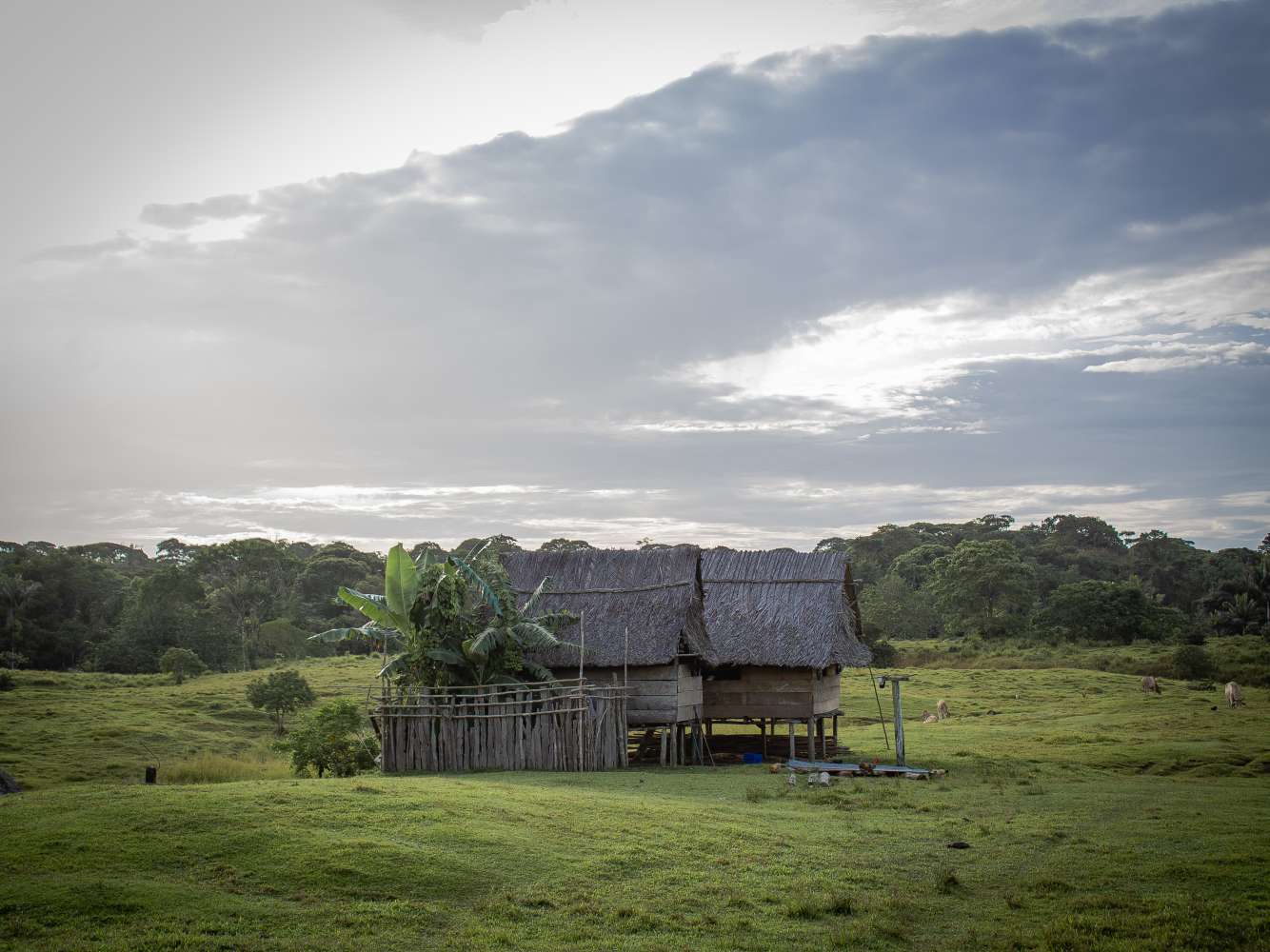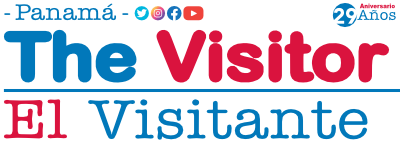Panama is a land of innovators, with Panamanian gastronomy being one of the industries that has managed to reinvent itself and rise to the point of being recognized internationally. This is because many local chefs have come together to work towards the same goal. Precisely, thanks to the fact that food brings people together around a common goal, Felipe Baker a Sea Turtle Conservancy Biologist and community activist, Mario Castrellon, ambassador of Panamanian gastronomy and a group of Ngäbe Bugle women from the community of Rio Caña come together to carry out a project that will help elevate the gastronomic and tourist experience of the sector.
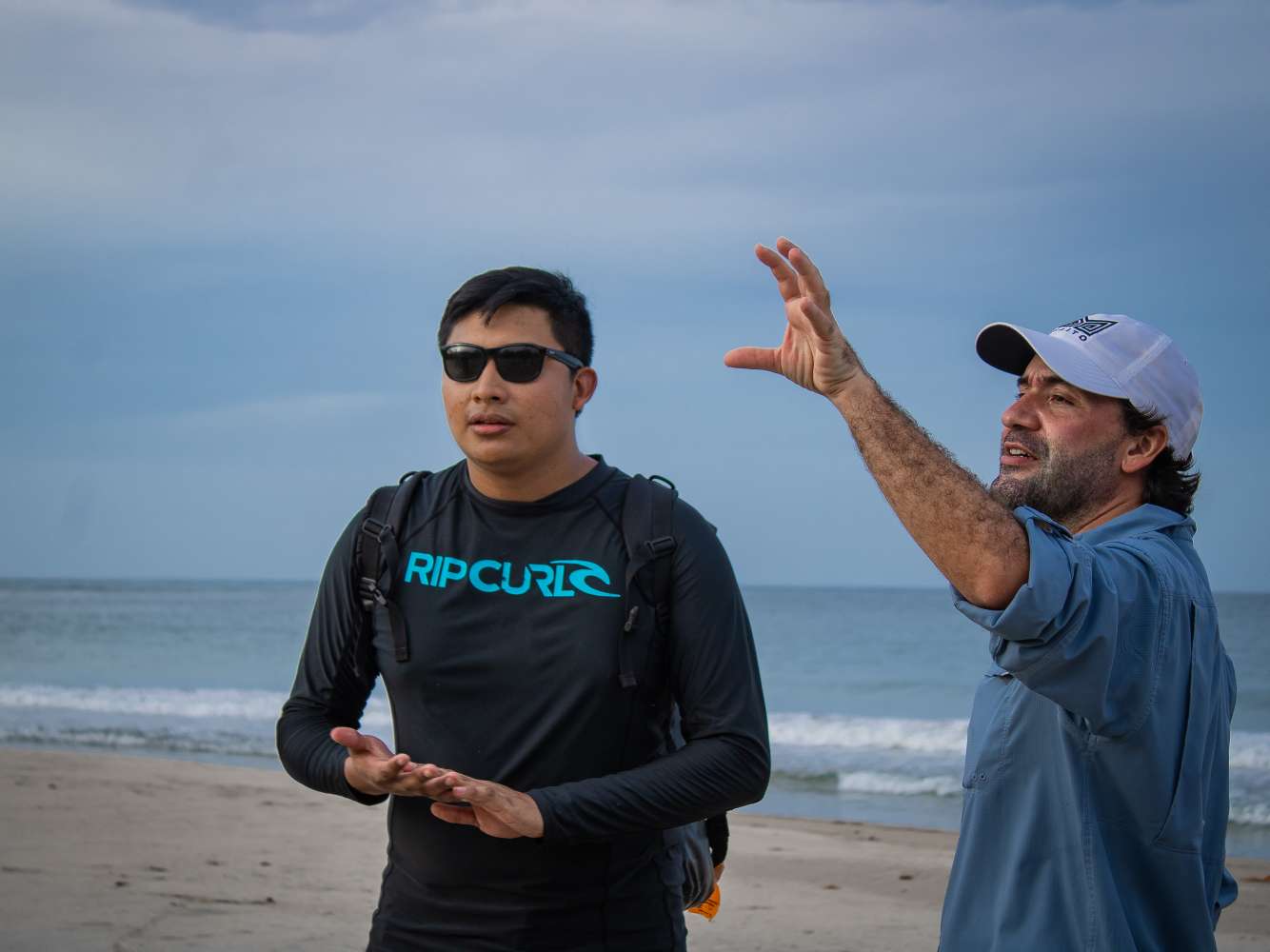
Photo: Víctor Miller
For this reason, we brought together both outstanding professionals for an interview that delves into “Ari Urgüenrien” which in the Ngäbe language means “Let’s Cook Together”, a project that gives a new flavor to Panamanian gastronomic innovation.
What prompted you to carry out this project?
Felipe: “Over time many indigenous cultures are completely forgotten in Latin America and with it the recipe and flavors of our grandmothers. Women play an important role in the Ngäbe-Bugle Comarca because they are in charge of transmitting knowledge to their children, in addition to culture, Rio Caña and its women are the engine of this project, I decided to call Mario, a Panamanian chef who has experience in similar projects and was undoubtedly a good ally to achieve something for women at Rio Caña and their desire to interact with professionals on the subject and look beyond the ordinary with their local ingredients. I am an indigenous Ngäbe, a biologist by profession, I currently work for the Sea Turtle Conservancy, a foundation that protects sea turtles together with local communities, including the Rio Caña community, and being from the aforementioned community, it is also a kind of personal goal to be able to include the community, provide them with tools to project and take advantage of tourism with respect for nature that imminently grows as the days go by”.
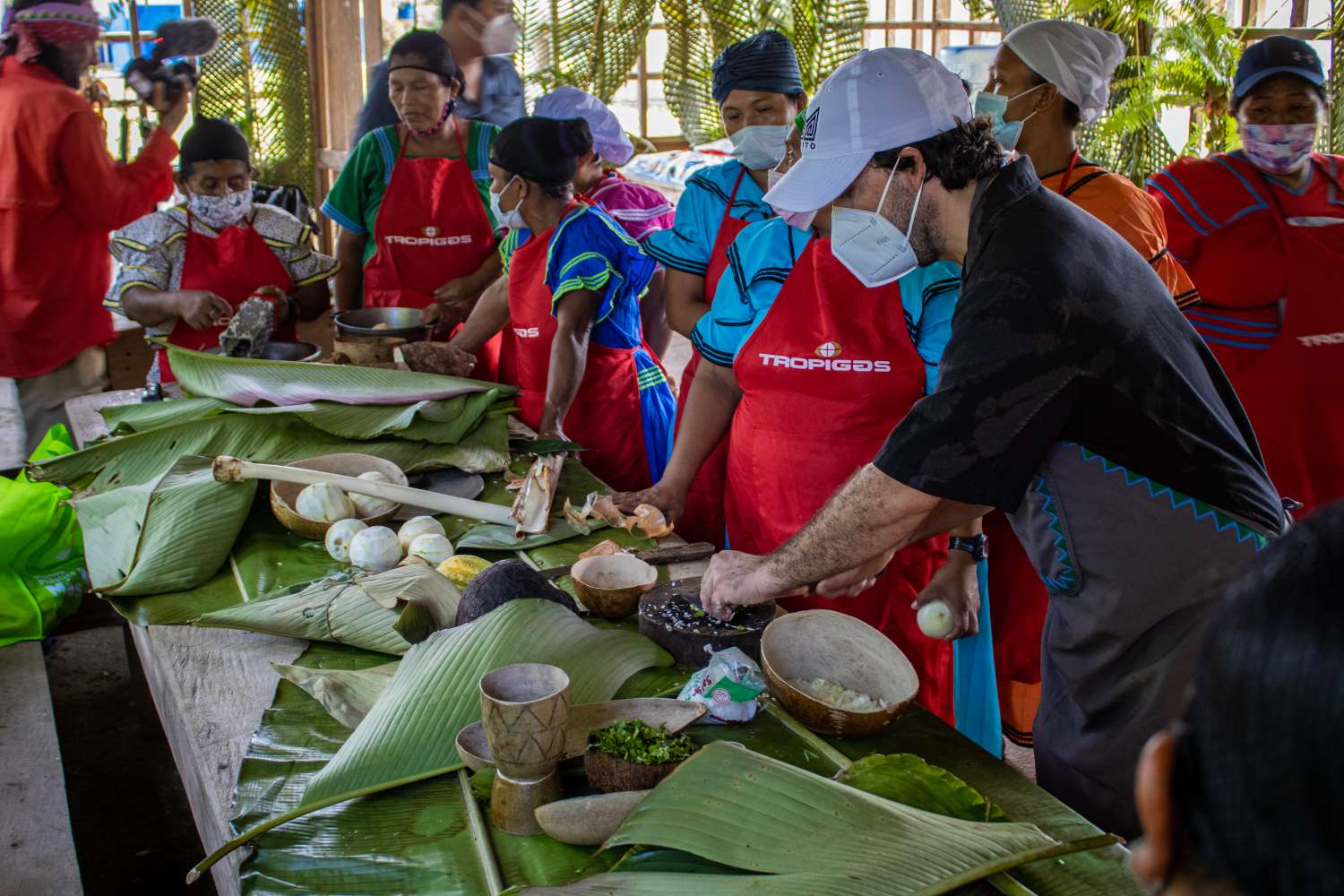
When this project was presented, what made you accept it?
Mario: “I had not visited the region for a long time, I had already had the opportunity before to have supported the region with the most impact in Kankintu and it was something that filled me with energy and life at the time. Which is why when Felipe called me to tell me the story and purpose, it was music to my ears.”
What potential do you see in indigenous communities to develop community and ecotourism tourism?
Felipe:” Compared to other communities, Caña is small but with very big ambitions and visions. Tourism with harmony and respect for nature is a potential that Rio Caña projects for the green environment and its coastal marine resources that they have preserved and that are increasingly valued for this and for a responsible tourist who wants a special connection with their own nature and knowing better a native culture of the isthmus”.
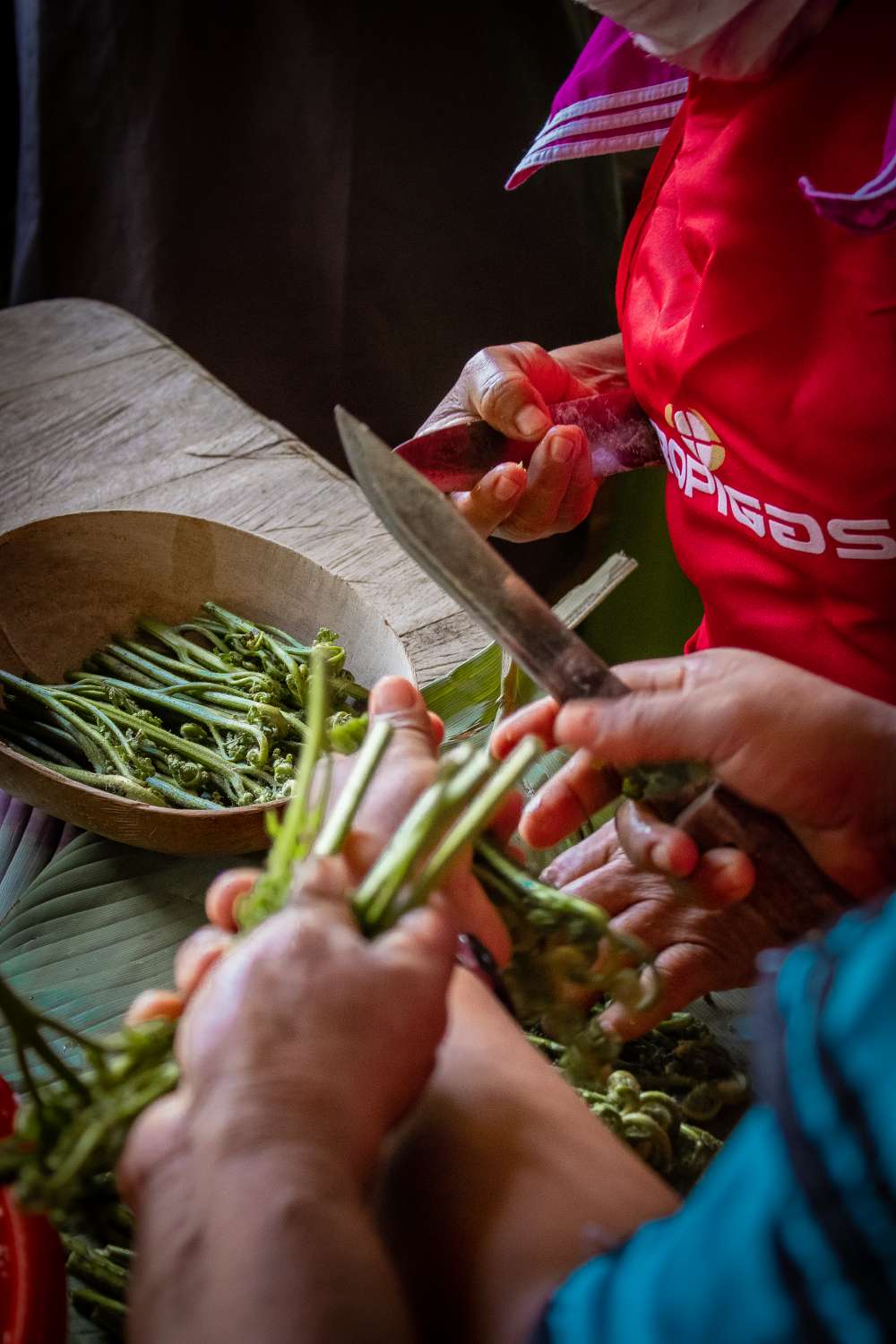
Mario (in a few words and directly): “The potential is enormous! There is culture, gastronomy and nature.”
Felipe: “On Rio Caña are women who are very open to continue learning and rescuing their recipes. United women with a vision of improvement to improve services and family income, as well as represent the local ingredients that die every day as a result of other mixtures”.
Mario: “I think I was the one who learned the most! Hehehe (laughs), but if they managed to leave a seed for them to trust their products, and that there are also other ways to present and/or manipulate the ingredients that they have used all their lives”.
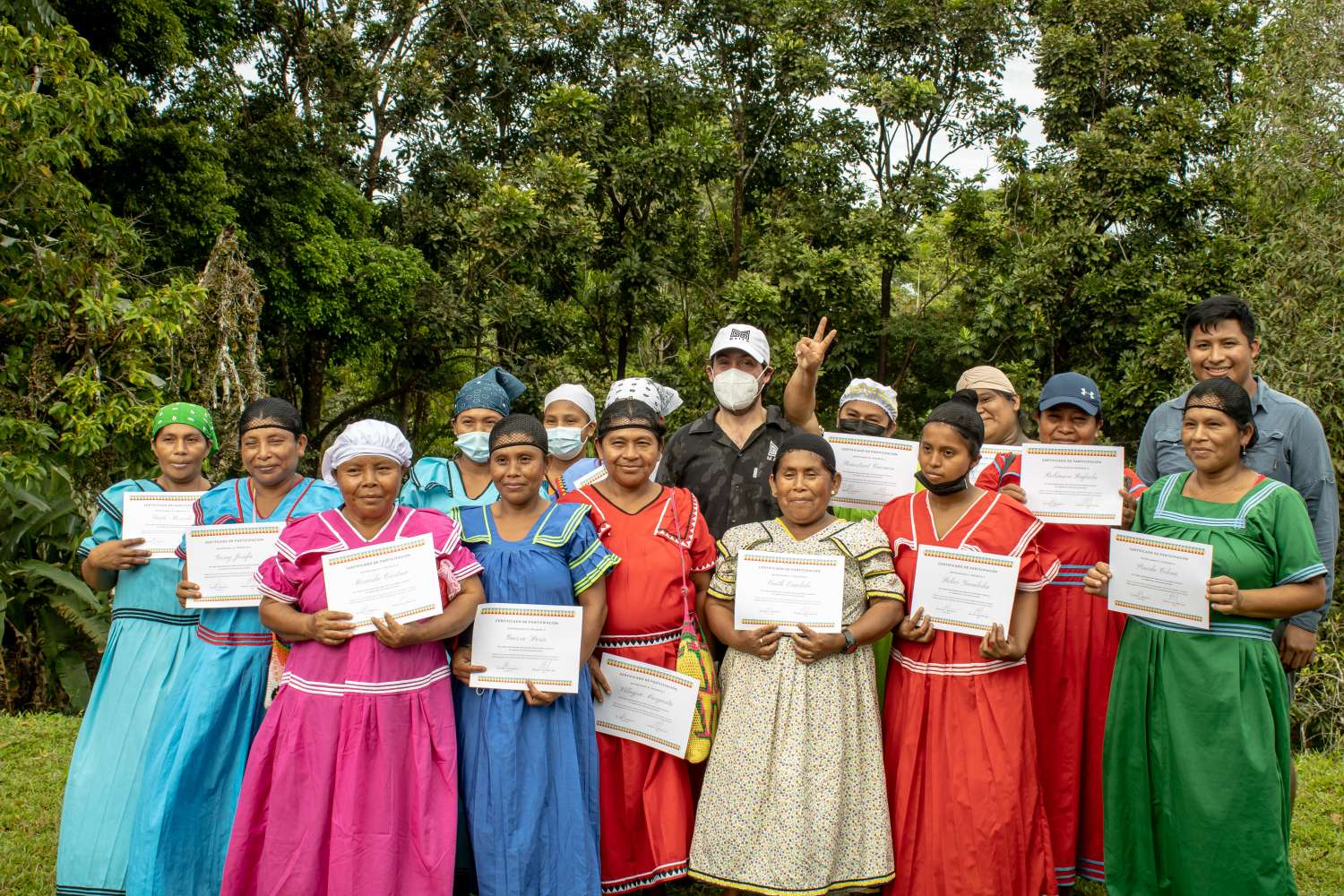
What new dishes did they co-create, what ingredients do they contain and how will it help to promote the local tourist offer?
Mario: “They taught me the Buchu, which is a primitive banana, in the Community consume it as a puree, I suggested making a lobster empanada that abounds in its coasts and is a product that always attracts attention for any tourist. It is also a more recognizable way of presenting Buchu, which is a native preparation.”
Will you offer any of the new dishes on the Maito restaurant menu?
Marío: “I tried the Dachin and I loved it, they are the shoots of a plant from the otoe family that are fried with a traditional sauce and the result is a divine green paste.
I haven’t been able to get the leaf very often yet, but it’s sure to be on the list for new tasting dishes in Maito.”
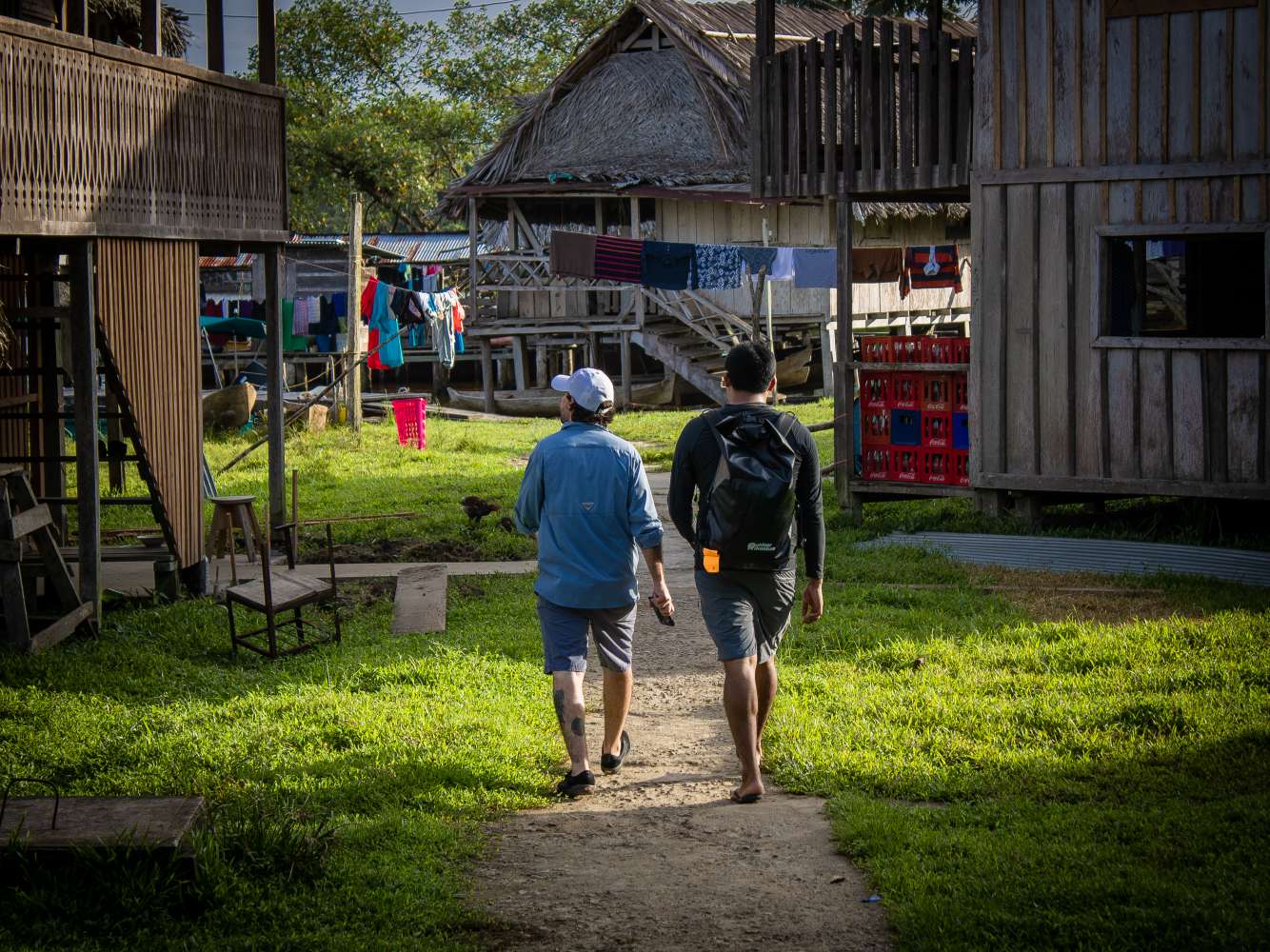
This type of project will be replicated in other indigenous communities?
Felipe: “This project hopes to establish itself as a benchmark for other proposals or initiatives that are aimed at rescuing culture, rural tourism, generating new products and, of course, being a model for women’s participation. We call on community leaders, local and central authorities to be included and to contact us and thus continue generating more value in the Ngäbe Bugle Comarca.”
